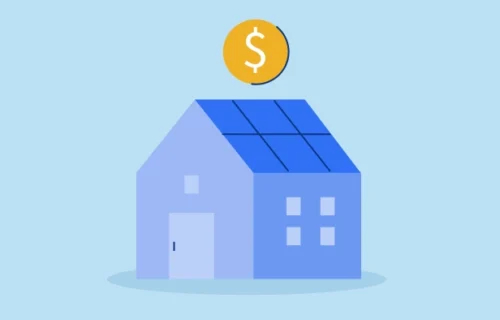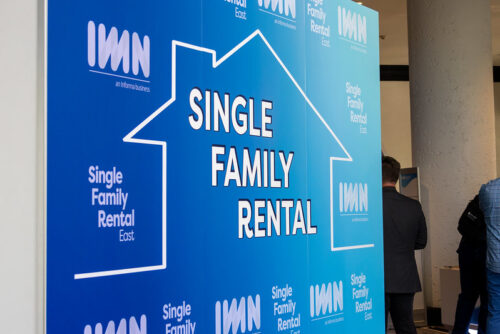
Connect with a Lima One expert today!
If you’d like to know more about this topic or see how it applies to your project, let’s talk.
Pros and Cons of Bridge Loans
Bridge Lending – Pros and Cons of Bridge Loans | Lima One Capital
One of the trends we’re seeing from real estate investors in the wake of the seismic changes caused by the COVID-19 pandemic, and the resulting economic fallout, is a pivot to bridge loans.
This makes sense. Some investors who were looking to sell a property turned to bridge lending instead of other types of loans to buy time to complete title searches, appraisals, inspections, and other real estate transaction necessities that were shut down or significantly delayed by quarantine orders. Likewise, properties requiring rehab experienced timeline delays, sending builders or fix and flip investors looking for bridge finance products.
This renewed trend has led many residential real estate investors to consider the pros and cons of bridge loans. Here are some things to consider.
Pro: Speed of closing
Bridge loans provide short term financing in just a few weeks, as opposed to home mortgages originated by a traditional lender. This speed allows investors to buy time and get the sale price or permanent long-term finance solution they ultimately want, instead of being forced to settle for a deal that doesn’t pencil out.
Con: Need for a subsequent loan
The convenience of a quick close comes with a cost, because a bridge loan is a short term loan. Investors who choose a bridge loan may have to take out a future long-term rental property loan, paying another origination fee in the process. If you’re considering bridge loan financing, make sure that the additional origination fees you’ll pay are offset by long-term benefits in overall costs to hold the existing home or new construction.
Pro: Underwrite the property
At Lima One Capital, we underwrite properties more than individual borrowers. That means we evaluate a potential loan based not on debt to income ratio, as a traditional lender would, but based on the property’s ultimate sales price or debt source coverage ratio (DSCR) for a rental property. By using the home as collateral, factors like your credit score are less important once you meet minimums. During times of uncertainty, this focus on the property makes it easier to get bridge financing loans completed.
Con: Interest rate variability
When you take out a bridge loan, you get a set interest rate for the term of the loan, but you do not lock in a long-term interest rate. That is a downside, especially in a low interest rate environment like we experienced post-2020. It is a trade-off that investors must consider before closing a bridge loan.
Pro: Interest-only term
While a bridge loan does not provide long-term financing with set interest rates, it can give investors a period of time where payments are interest only, not payments on principal. This is how bridge loans at Lima One work. This lets investors have the lowest mortgage payments possible during the bridge loan, providing maximum flexibility and cash flow at times of uncertainty.
Con: No guarantee of future loan
Most of the time, bridge loans are temporary solutions, and investors can find long-term financing. But in the uncertainty of 2020, it’s wise to consider whether that financing will be possible at the end of the bridge term. This is especially true of multifamily bridge loans, given the massive changes that commercial real estate properties are currently experiencing. While multifamily property values are holding steady for now, other commercial properties are not. Bridge loans buy time but may not be the best solution if you’re not confident about long term financing that will be available when the term of the bridge loan is complete.
Conclusion
Whether you are financing a single property or a large rental portfolio, bridge lending is a tool you should consider. This is all the more important in times of uncertainty like we’ve experienced in 2020. Consider these pros and cons and decide if applying for a bridge loan is the next step you need to take.
Subscribe for More Insights
Get the latest industry news & Lima One updates.









